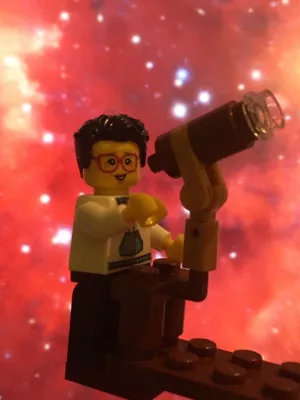
Henrik Hartman
Researcher (Leave of Absence)

Time variations of the narrow Fe II and H I spectral emission lines from the close vicinity of Eta Carinae during the spectral event of 2003
Author
Summary, in English
The spectrum of Eta Carinae and its ejecta shows slow variations over a period of 5.5 years. However, the spectrum changes drastically on a time scale of days once every period called the "spectral event". We report on variations in the narrow emission line spectrum of gas condensations (the Weigelt blobs) close to the central star during a spectral event. The rapid changes in the stellar radiation field illuminating the blobs make the blobs a natural astrophysical laboratory to study atomic photoprocesses. The different responses of the HI Paschen lines, fluorescent < Fe II > lines and forbidden [Fe II] lines allow us to identify the processes and estimate physical conditions in the blobs. This paper is based on observations from the Pico dos Dias Observatory (LNA/Brazil) during the previous event in June 2003.
Department/s
- Lund Observatory - Undergoing reorganization
Publishing year
2005
Language
English
Pages
945-952
Publication/Series
Astronomy & Astrophysics
Volume
436
Issue
3
Document type
Journal article
Publisher
EDP Sciences
Topic
- Astronomy, Astrophysics and Cosmology
Keywords
- regions
- stars : individual : Eta Carinae
- radiation mechanisms : non-thermal
- ISM : HII
- atomic processes
Status
Published
ISBN/ISSN/Other
- ISSN: 0004-6361

